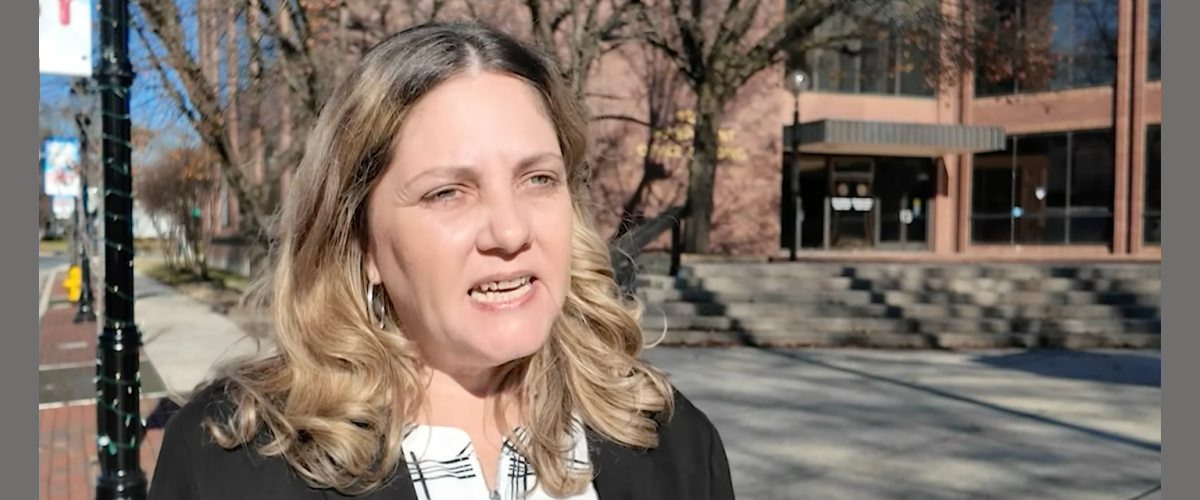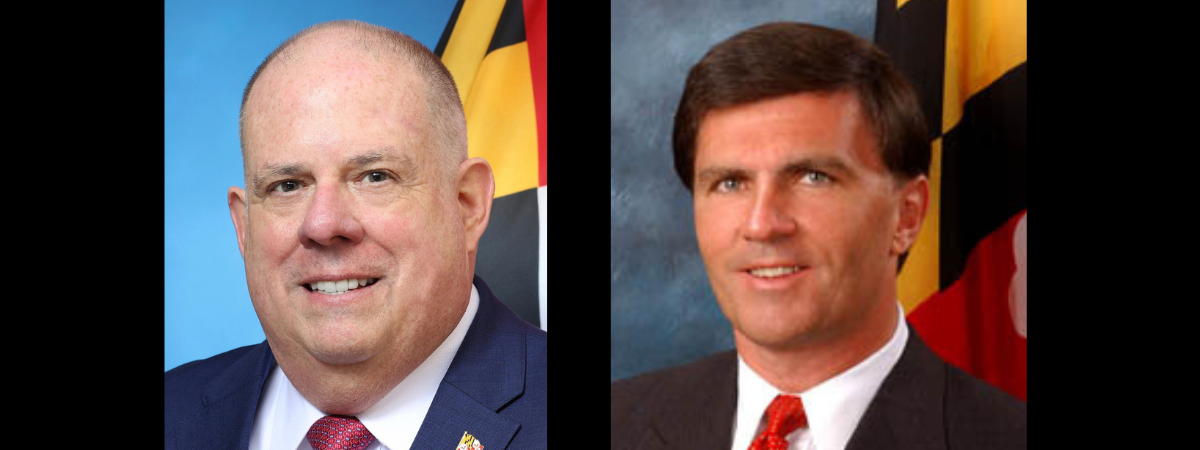Bird Cams of the Eastern Shore and the Chesapeake Bay

The Eastern Shore of Maryland is a birder’s mecca, with 10 state parks as well as many local parks, farm fields, wooded areas, marshes, and waterfront paths where you can glimpse one or more of the 425 reported bird species — almost all of the 459 species in Maryland.
Yet as beautiful and bountiful as the Shore is, for most of us — even if we live nearby — there doesn’t seem to be enough time to get out to one of our parks. Or it rains the day we planned to go!
But we can go there virtually via bird cams. Bird cams — short for cameras — show birds in their natural habitats. Some cams focus on feeders or baths, but most focus on nests. All live stream the birds to your computer. We can see the parents as they protect the nest and hatch the eggs, and then watch the babies grow up.
It’s best to watch the cams during the day because activity may be hard to see at night. Some cameras have hours and seasons when they are turned on and others are on 24 hours a day for 365 days. During night hours, some cam sites will run recorded and edited highlights from the daytime live streams. If there are no birds in sight when you visit a cam, look for previously recorded “best of” videos. They’re usually on the same page.
In Maryland, the Chesapeake Conservancy hosts three bird cams. Two are on the Eastern Shore and the third monitors a peregrine falcon nest on a ledge of the 33rd floor at 100 Light Street in downtown Baltimore.
The peregrine falcon is the largest falcon in North America. The Baltimore birds are named “Barb” and “Boh,” with Barb for Maryland’s now-retired U.S. Sen. Barbara Mikulski and Boh — of course — for Baltimore’s home-town beer, National Bohemian. While falcons from Alaska, Canada, and Greenland often fly more than 15,000 miles to and from South America during their annual winter migration, Barb and Boh are year-round residents due to Baltimore’s mild weather.
The Great Blue Heron cam on Kent Island was installed in 2017 with the help of several non-profits and a crowd-funding campaign. The cameras follow life in a rookery with 10-12 nests, all perched high in loblolly pines. Each nest holds up to four chicks and there may be 50 or more herons, young and old, in the area.
Though other nests can be seen at a distance, this camera is focused on three. An upgraded camera went live just last February, and operates 24/7 through the mating and chick-raising seasons. After the eggs hatch, the chicks are fed and cared for by the parents for roughly two months until they can survive on their own.
But first, the chicks must survive in the nest itself. The 2020 Recap section of the web site reports: “Two eggs hatched in the afternoon of April 15. The final two eggs hatched April 18 and April 19. Unfortunately, two of the older chicks attacked and killed the two younger chicks over the weekend of May 2. While sad, this is not unusual behavior and may have occurred due to food competition.”
In 2021, a contest was held to name the four chicks in the featured nests. The winning names were Blue, Cobalt, Lapis, and Charlize Heron. All four survived and you can see videos of them on the web site.
The Conservancy’s osprey cam is located on Kent Island on the property of a family who call themselves the “Crazy Osprey Family.” They first put up a live stream camera 16 years ago as part of an educational program for their daughter’s school. For the past nine years, an osprey couple called “Tom” and “Audrey” have raised their chicks there. You can read about Tom and Audrey’s adventures, their tragedies and successes, in the yearly recaps posted on the web page with the live stream.
Another osprey cam is sponsored by the Chesapeake Bay Foundation. It provides a fabulous view of a nesting platform that overlooks the Chesapeake Bay from the foundation’s headquarters in Annapolis. The Chesapeake Bay has been called the “osprey garden of the world” as more ospreys live in the Bay area than anywhere else in the world. The website has historical migration maps and migration lesson plans for all grade levels.
There is also a warning on the bird cam page that says some of the videos may disturb the faint-hearted: “Please remember that this is no Disney film! Nature can be a cruel place, but it is our policy not to interfere with anything that goes on in the nest. We also will use our discretion to turn off the cameras at any time should we choose. “
There are several shorter videos of highlights pulled from the live footage of other nests. Sometimes, after the first bird family has finished raising the year’s babies, a different species will move in and use the same nests or platforms. The first mating pair may migrate to far away climes, frequently to South America or Canada. Others may stay year-round if there is sufficient food.
There is one short video from April 28, 2022, titled “Goslings Jump from Nest.” A pair of Canada geese took over the platform after the ospreys departed. This video was edited from 8 minutes to 1 minute and 21 seconds. It takes the goslings quite some time to get up the nerve to jump! When the goslings finally jump, they don’t so much fly as flutter/plummet to the ground. Fortunately, they’re not harmed because their bones are soft and their feathers help slow the descent. Once on solid ground, they walk to the Bay for their first swimming lesson with mom and dad.
There’s a 58-second version of the same “first jump” from April 2020 where you can see the parents return to the nest to encourage the reluctant goslings.
The Blackwater National Wildlife Refuge, with more than 28,000 acres of fertile tidal marsh and mixed hardwood and pine forest, was established in 1933 as a sanctuary for migratory birds on the Atlantic Flyway. It is one of the main wintering areas for Canada geese. Administered by the U.S. Fish and Wildlife Service, Blackwater is one of the 560 refuges in the National Wildlife Refuge System. About 12 miles south of Cambridge in Dorchester County, the refuge covers a beautiful and varied landscape. It has four bird cams sponsored by the volunteer Friends of Blackwater organization. There are two osprey cams, a waterfowl cam, and an eagle cam. Unfortunately, the eagle cam doesn’t have an active nest with eggs this year, but if you’re lucky, you may catch a sight of one of the birds, including eagles, that visit the site. The waterfowl camera is very busy when the geese, swans, and ducks winter there.
If you plan to take the kids to the Baltimore Zoo, you can watch some pre- or post-trip live cams of the penguins. The zoo has the largest colony of African penguins in North America. There are also live cams for other inhabitants of the zoo including giraffes, elephants, and lions.
Another interesting site is Cornell University Bird Lab’s migration dashboard for Maryland. This site tracks the number of birds flying over Maryland every day, along with information and statistics in many categories. According to the site, over two million birds were in flight over Maryland on the night of May 22-23. That’s a lot of birds!
If you’d like to go birding in person or find more bird cams, check out the links below. Especially good is the Birders Guide to Maryland and D.C. It has a clickable map of the Eastern Shore counties listing good bird-watching spots in each one.
Hdontap.com is a professional video company that specializes in live cams. They have helped design, install, and maintain live-cams — over 1,800 of them — across America and the globe. Their website is a useful resource. Many of their sites show “best of” recordings from previous years; others are live-streamed.
Here are two more sites for finding live cams across America and all around the world, featuring all kinds of animals, not just birds:
Happy Virtual Birding to All!
Jane Jewell is a writer, editor, photographer, and teacher. She has worked in news, publishing, and as the director of a national writer's group. She lives in Chestertown with her husband Peter Heck, a ginger cat named Riley, and a lot of books.
Common Sense for the Eastern Shore







